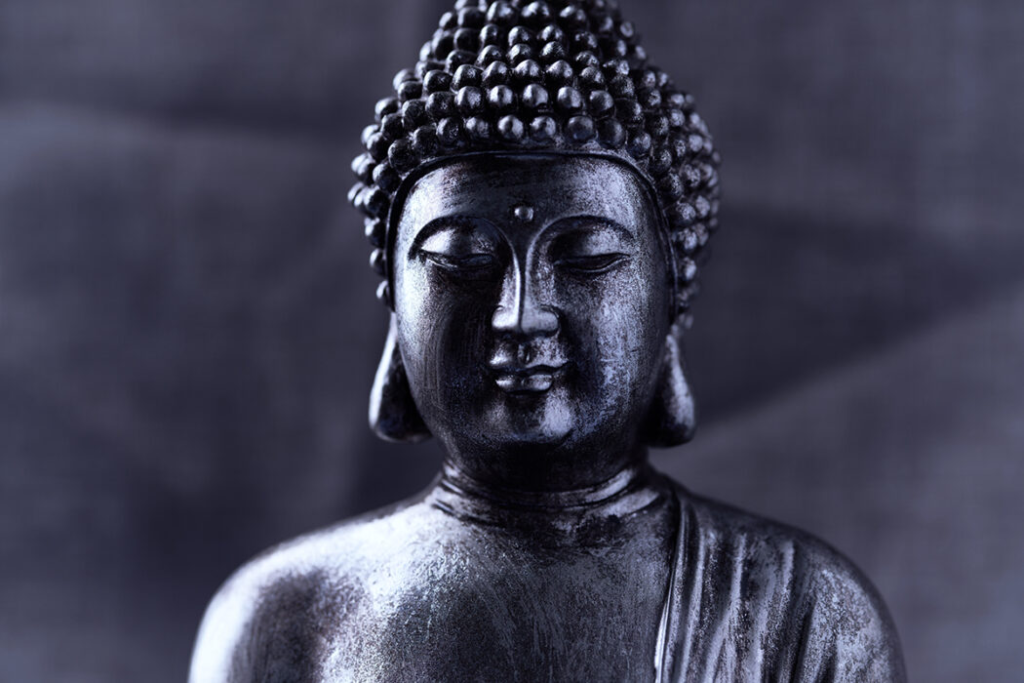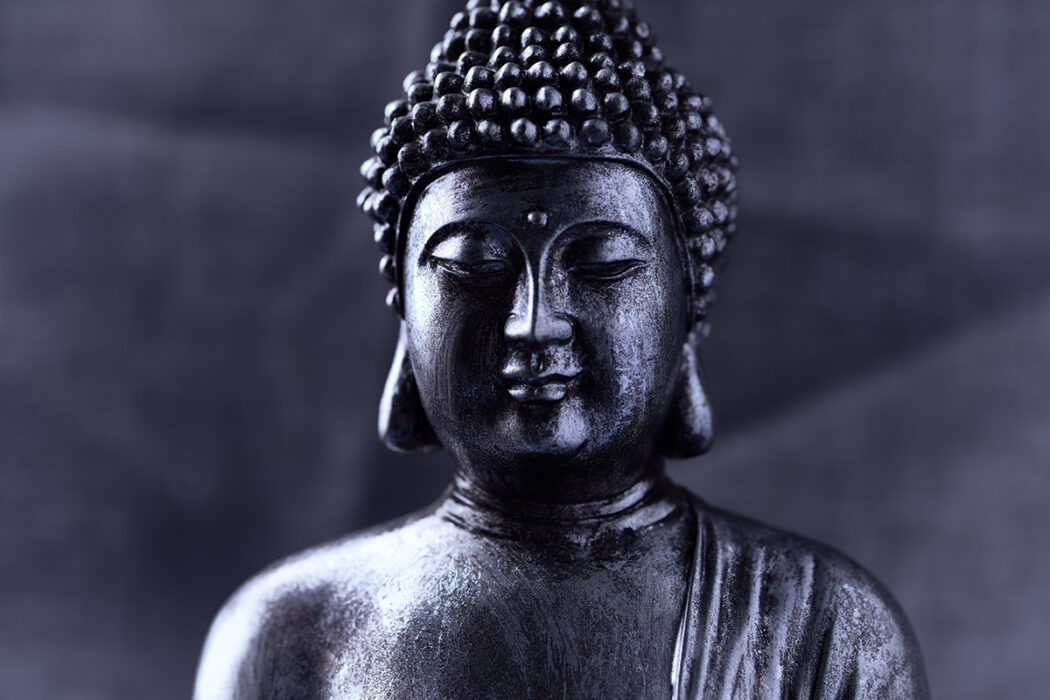
Unveiling the Sacred Secrets of the Enlightened Moon
Table of Contents
- Introduction: The Hidden Layers of Buddha Purnima
- Triple Significance: One Day, Three Miracles
- The Moon and the Message: Why Purnima Matters
- Buddha Was Not a Name—It Was a Realization
- The Enlightenment Happened Without a Master
- No Gods, No Rituals: A Path of Inner Inquiry
- A Festival Celebrated Differently Across Cultures
- Sacred Sites and the Global Pilgrimage Tradition
- Bodhi Tree: More Than Just a Tree
- The Role of Silence in the Celebration
- The First Full Moon After Vesak: Cosmic Symbolism
- Final Reflections: What This Day Truly Invites Us To Do
1. Introduction: The Hidden Layers of Buddha Purnima
Most people know Buddha Purnima as the celebration of Gautama Buddha’s birth. But very few realize that this luminous day is far more than a religious holiday—it is a cosmic reminder of awakening, simplicity, and the boundless potential of human consciousness.
What lies beneath the surface of this full-moon celebration is a treasure chest of untold stories and hidden wisdom. Let’s unlock it.
2. Triple Significance: One Day, Three Miracles
Buddha Purnima commemorates three defining moments in the life of Siddhartha Gautama—all of which occurred on the full moon of Vaisakha (April–May):
- His birth in Lumbini
- His enlightenment under the Bodhi Tree
- His passing into Mahaparinirvana
This rare convergence is not a coincidence—it’s a profound alignment of time, transformation, and transcendence.
3. The Moon and the Message: Why Purnima Matters
The full moon isn’t just symbolic—it played an energetic role. Ancient yogic traditions consider the full moon a time when human receptivity is at its peak. Buddha chose this day not randomly, but intentionally, knowing it aligned with the rhythms of nature.
This makes Buddha Purnima not just a date, but a doorway.
4. Buddha Was Not a Name—It Was a Realization
Siddhartha Gautama wasn’t born as “Buddha.”
The word “Buddha” means “The Awakened One”—someone who has broken the sleep of ignorance and seen reality as it is.
On this day, we do not celebrate a man.
We celebrate what is possible for every human being.
5. The Enlightenment Happened Without a Master
Unlike many spiritual traditions, Buddha did not have a guru at the time of his final awakening. After years of seeking teachers, he finally turned inward. Under the Bodhi Tree, he meditated alone, determined to face suffering head-on.
This reveals a powerful truth: Your liberation is not dependent on someone else.
6. No Gods, No Rituals: A Path of Inner Inquiry
While many religions emphasize divine intervention, Buddha’s path was non-theistic. He didn’t claim to be a god, nor did he teach prayer as the route to freedom.
His was a path of awareness, ethics, and wisdom—free from dogma and blind faith. It was a call to investigate, question, and know for yourself.
7. A Festival Celebrated Differently Across Cultures
Though Buddha Purnima is observed globally, it looks very different across countries:
- In Sri Lanka, it’s called Vesak and involves lantern festivals.
- In Thailand, it includes candlelit processions around temples.
- In Nepal, it blends Buddhist and Hindu traditions.
- In Japan, it’s celebrated as Hanamatsuri (Flower Festival) in April.
This diversity shows how adaptable the Buddha’s message is—timeless and borderless.
8. Sacred Sites and the Global Pilgrimage Tradition
Pilgrims flock from all over the world to four key sites:
- Lumbini (birthplace)
- Bodh Gaya (enlightenment)
- Sarnath (first teaching)
- Kushinagar (Mahaparinirvana)
These places are not about geography.
They are energetic reminders of what’s possible when a human being commits to awakening.
9. Bodhi Tree: More Than Just a Tree
The Bodhi Tree under which Buddha attained enlightenment is not just symbolic—it’s a living witness to one of humanity’s most significant spiritual events.
Even today, descendants of that tree—grown from cuttings—stand in Sri Lanka and Bodh Gaya, linking the ancient past to the present.
Touching its roots is a reminder: Stillness gives rise to transformation.
10. The Role of Silence in the Celebration
In some traditions, Buddha Purnima is observed with complete silence—no feasting, no speaking, no celebration in the loud sense.
Why? Because the core of this day is not sound—it’s awareness.
Silence becomes a sacred space where one can hear the voice within.
11. The First Full Moon After Vesak: Cosmic Symbolism
Buddha Purnima is not just tied to historical events but celestial ones. The full moon that follows Vesak is seen as a portal of spiritual energy, a chance to reset, reflect, and recommit to the path of awakening.
It’s the universe whispering:
“Look within. The answers have always been there.”
12. Final Reflections: What This Day Truly Invites Us To Do
Behind the candles, chants, and ceremonial robes lies a radical invitation:
- To stop sleepwalking through life
- To awaken to the moment
- To live with intention
- To love without attachment
- To seek truth over tradition
Buddha Purnima is not merely a date on the calendar. It is a mirror for the soul.
This year, don’t just observe the day—embody its essence.
The path is not in the past. It is beneath your very feet.

